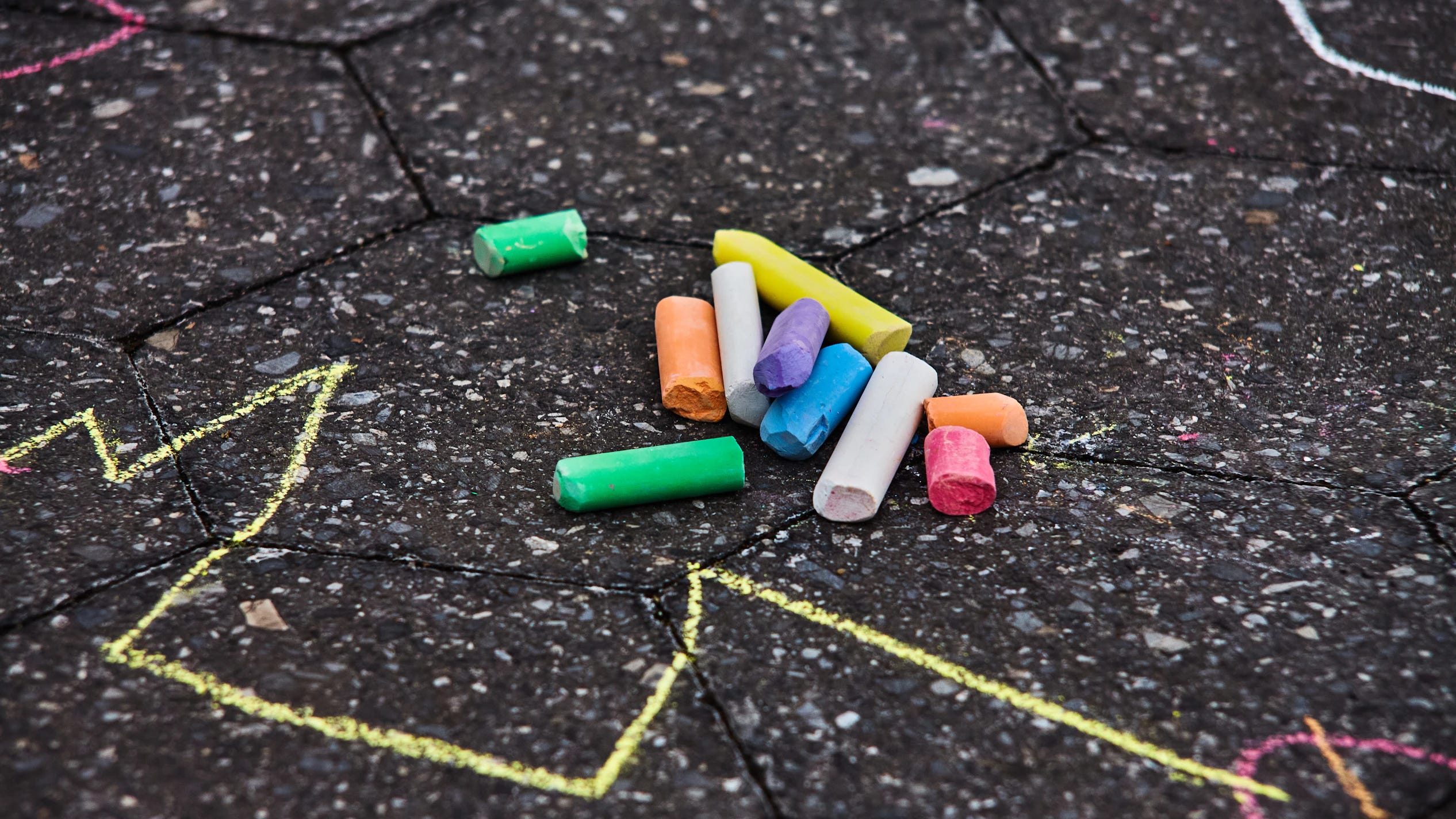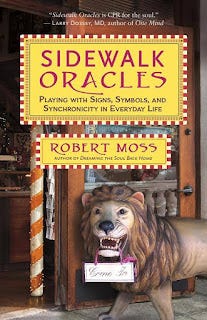Sidewalk Oracles: Week 5
Notes on Week 5 of Sidewalk Oracles by Robert Moss, Winter 2024
“Oracles will speak to you where you live, through the signs and symbols of the world around you.” Robert Moss, Sidewalk Oracles
A Willingness to Walk the Path
Each week, I will post some general discussion, reflection, and thoughts on the chapter or “games" from the week. You are invited to share your experience with this book in the comments section.
Basic Information
📌 We are reading Sidewalk Oracles: Playing with Signs, Symbols, and Synchronicity in Everyday Life by Robert Moss.
📅 The reading timeline outlines a slow reading (with weekly discussion posts) for anyone who wants to read along.
📌 Weekly reading notes and discussion (the timeline links to the weekly posts)
🍥 I encourage you to go into this reading with an open mind and a willingness to consider what is being described/discussed.
🧵 I use the comment area for discussions rather than a chat thread. Neither would be private because this read-along is free to everyone. You are invited to comment on comments and interact with those reading together.

Let the Games Begin!
I don’t know why writing that made me think of the Hunger Games. That is probably not the best lens on this foray into the symbolic? The Trickster may be at play here and there, but one of the things I enjoy about the line of thinking we are pursuing is that it is individual. We are paying attention and contemplating levels of symbol and synchronicity in our own lives. Our answers will be our own.
I have been looking forward to the games (or activities or exercises) in Sidewalk Oracles. I know some of you have already read ahead or finished the book, but I am going to maintain a really leisurely stroll here (following the established reading schedule). I don’t need to be trying 17 things at a time, and I didn’t want anyone to feel like the pace was so fast that there was no opportunity to engage with some of these games, put them in action, and record what happened.
I think the experience will be deeper and richer for the time we spend doing and thinking, letting things simmer and blossom a bit to see what settles and what rises for each of you. (Even if you’ve finished, I hope you revisit the few specific games included each week.)
Some of these games you may find you prefer to others, and some of them may be more applicable to your life (and the way you move through your world) than others. Some of them, you likely already play to some degree.
Limiting this week to just three games allowed me to really think about them.
[This post is from a 2024 read-along. The remainder of the post has now been placed behind the paywall.]
Keep reading with a 7-day free trial
Subscribe to Illustrated Life to keep reading this post and get 7 days of free access to the full post archives.





